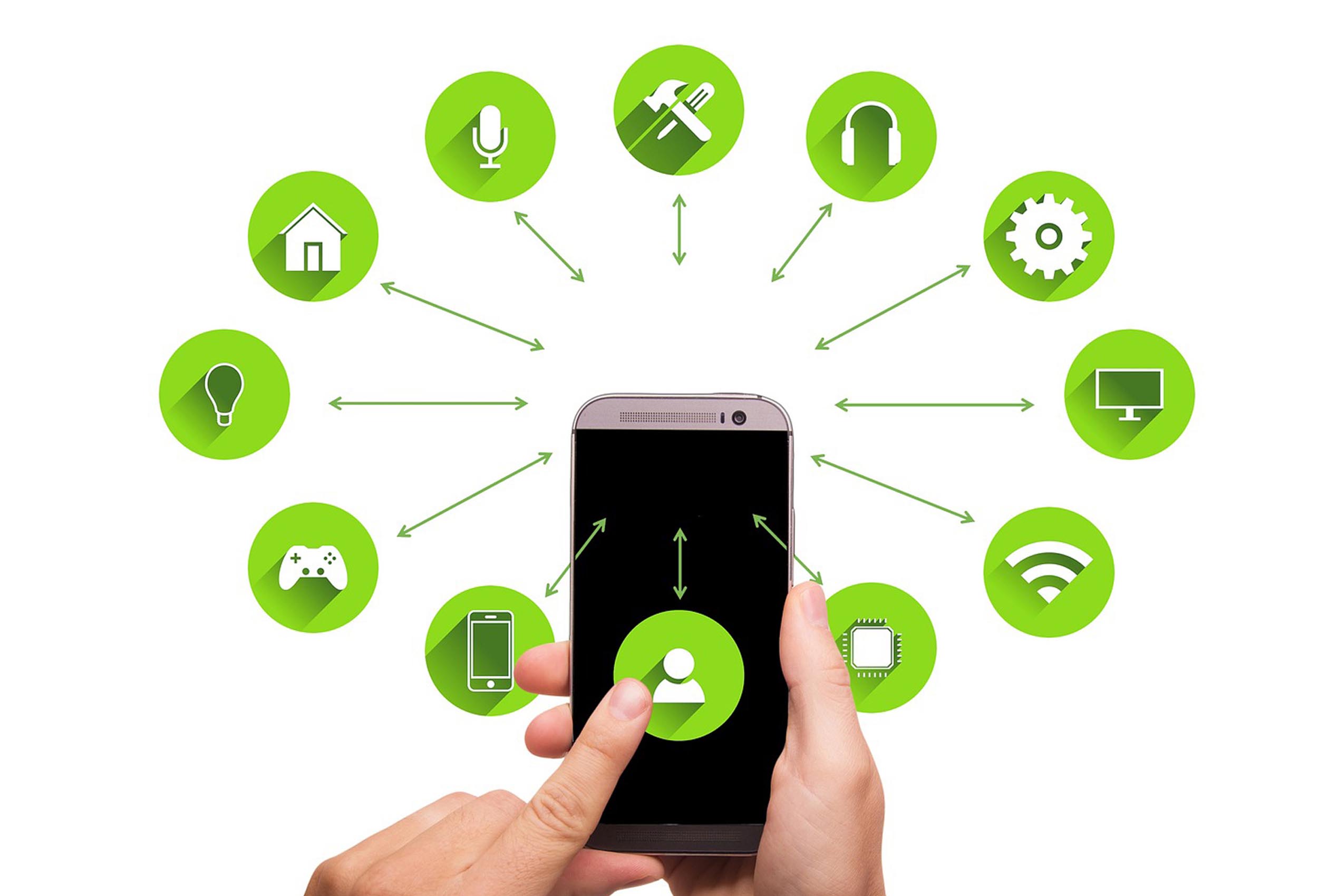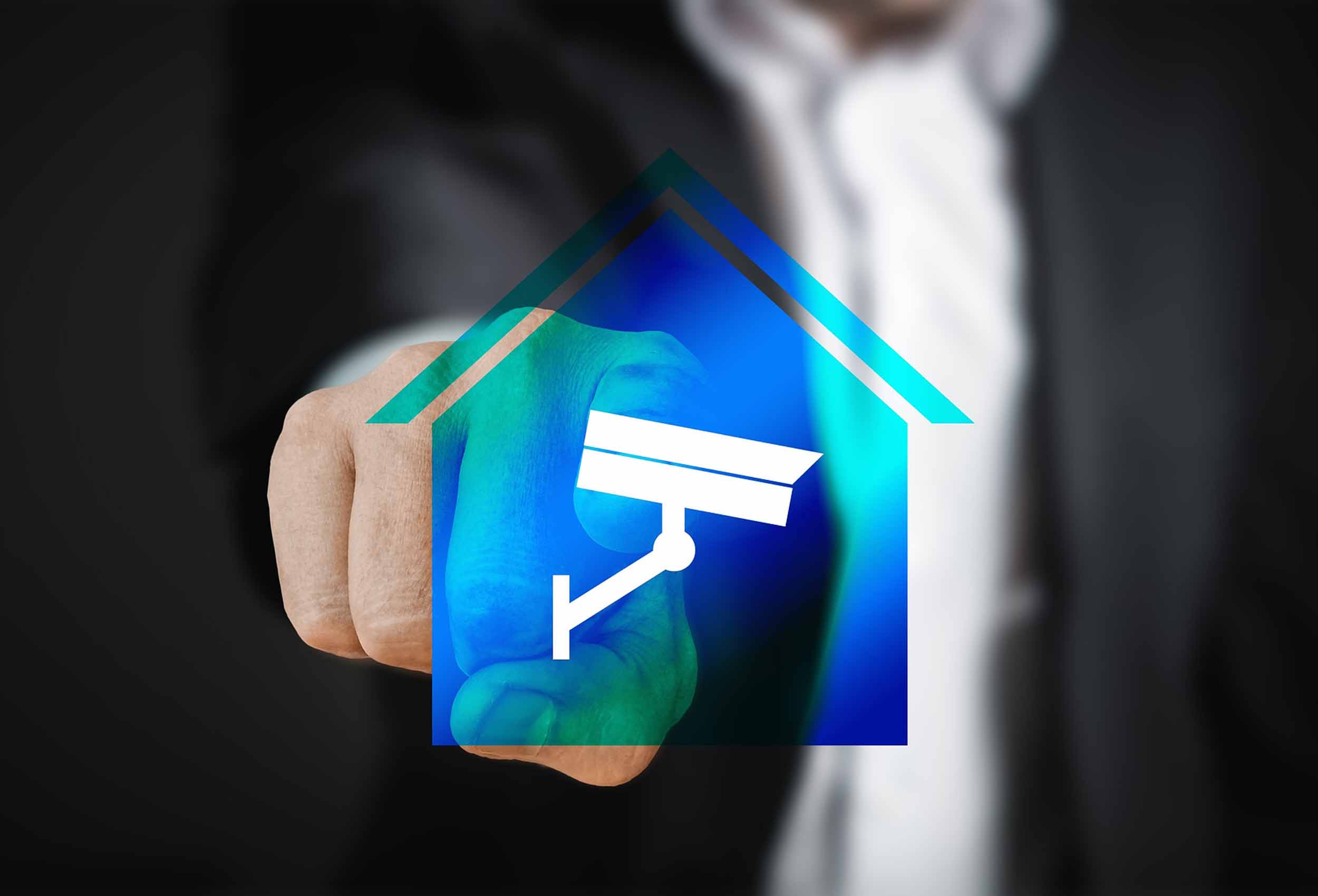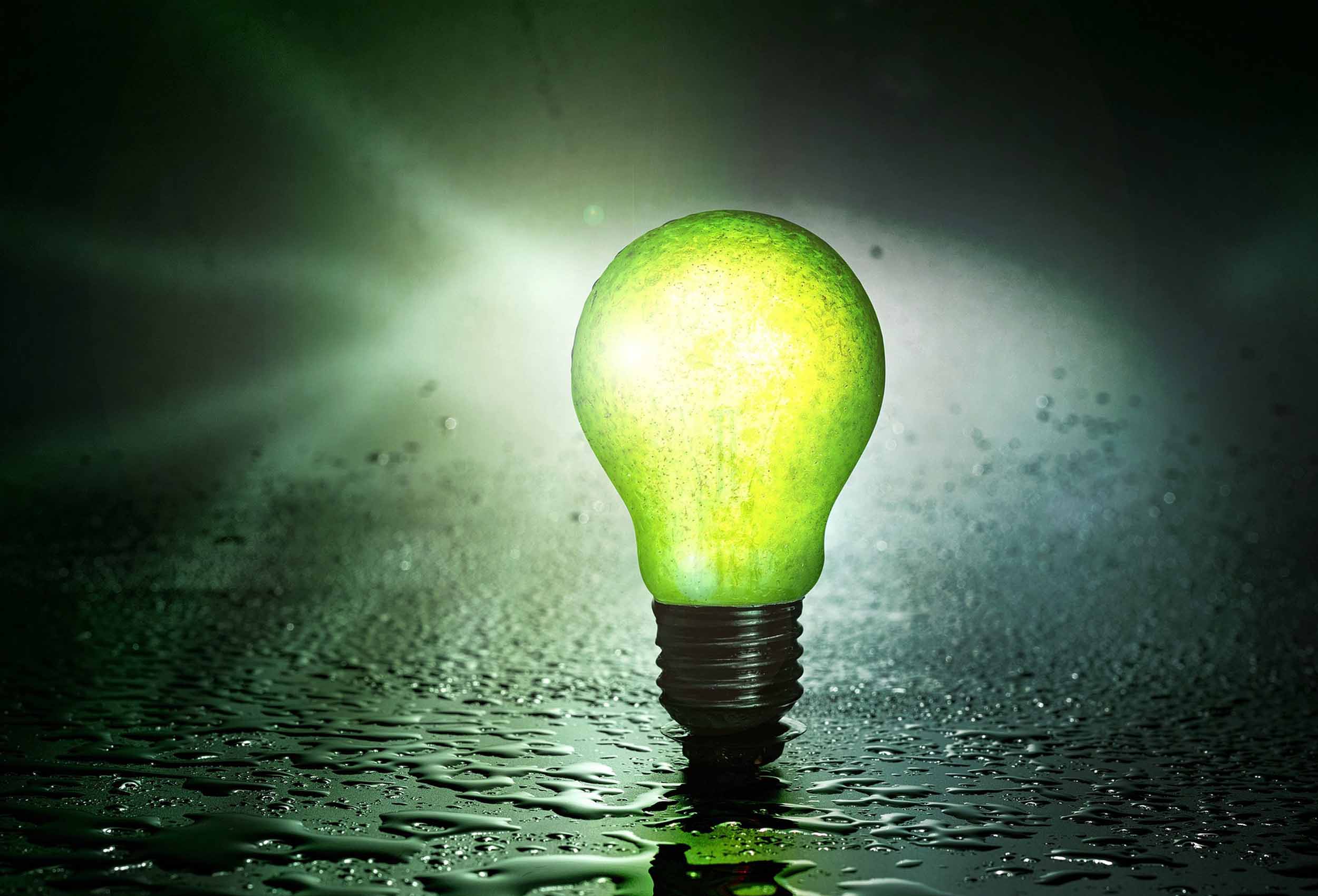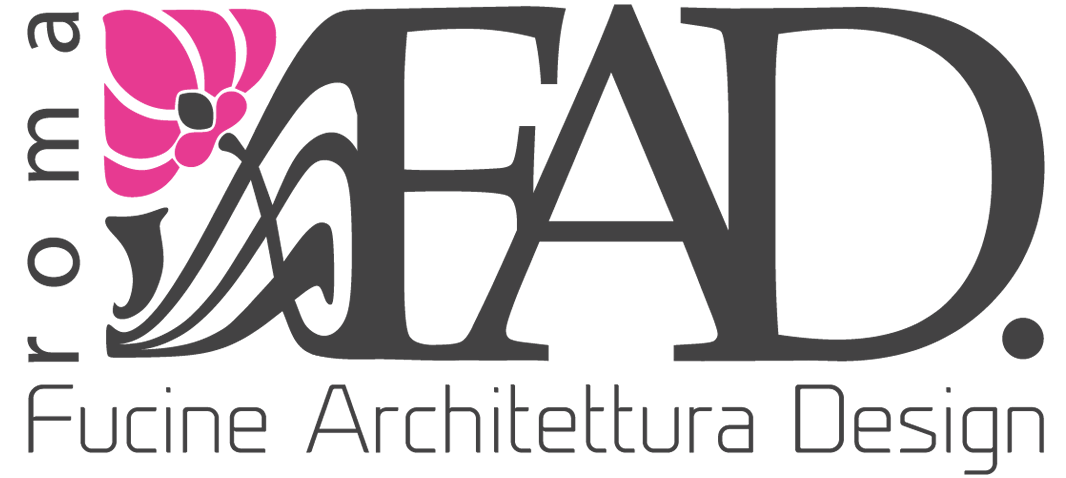Home Automation and the Smart Home
Wellbeing, savings and sustainability
If our present is technological, imagine what our future will be like!
From smaller tasks, such as opening the curtains and turning on the lights, to more complex technological functions, home automation is making great strides in terms of performance, leading to a continuous growth in the Smart Home market. One area of growth is the use of technology to monitor energy consumption, enabling us to manage resources in a more careful and eco-friendly way. This also helps families manage their household expenses, as having control over consumption leads to savings on energy bills.
But what does it mean to have a smart home, and what does that actually entail?
Home automation focuses on improving the quality of life in homes, by automating systems and equipment and making better use of energy. It impacts the whole electrical system by physically connecting all the devices in the house to a single smart hub, specifically designed for the home automation system. A system set up in this way allows you to access and control the whole system directly from the central "gateway", using an application on a smartphone or through voice control.
Many people are attracted by the idea of controlling their home and its functions through their tablet or smartphone, but that does not mean they want to manage every aspect through the use of technology. So you may only want to install those systems that are most useful for you, such as security systems for your home.

Unlike a smart home, which requires the use of a simple wireless connection, a home automation system uses physical wiring and integrates the various devices. A home automation system enables a variety of functions, including: control of current load in relation to energy savings, automated lighting, temperature and heating regulation, alarm systems (not only anti-theft but also for gas and smoke detection), control of appliances, sound systems in the home, video surveillance, and automated opening and closing of curtains, doors, shutters and gates.
Let's look at some of these in detail:
Security: This is managed and controlled by an integrated anti-theft system, consisting of sensors, sirens and video cameras. These technologies also include smart locks and video intercoms.

Alarm systems: Various sensors provide data in relation to air quality, temperature and internal humidity, as well as alerts to gas leaks or flooding. This information can then be used to help resolve the problem.
Lighting: Lighting can be managed smartly through the use of sensors, using automation to improve well-being in the home. The lighting in a room is also automatically adjusted according to the amount of natural light, and this is detected by special sensors.
Shading systems: Blinds and shutters can be adjusted remotely, or can follow a particular regime. For example, you can set a particular time for all your shutters to open, and so on.
Cooling and heating: You can use a smart boiler or thermostats to control the temperature and heating system in your home. This means you can adjust the temperature to meet your needs, changing the setting remotely with a single click. This allows you to achieve considerable energy savings. For you can not only set the temperature remotely, but also modify and arrange programmes and scenarios, and even choose which particular rooms to heat to create the right level of home comfort.

The home you create will be smart and technological, customised to your personal needs through the use of many interrelated functions.




